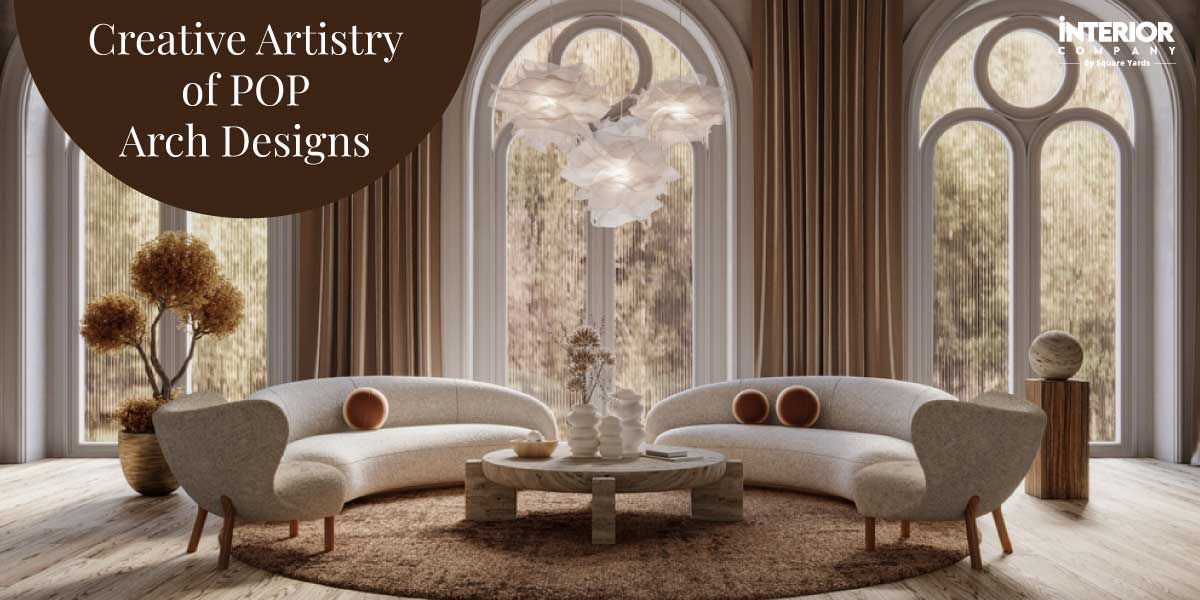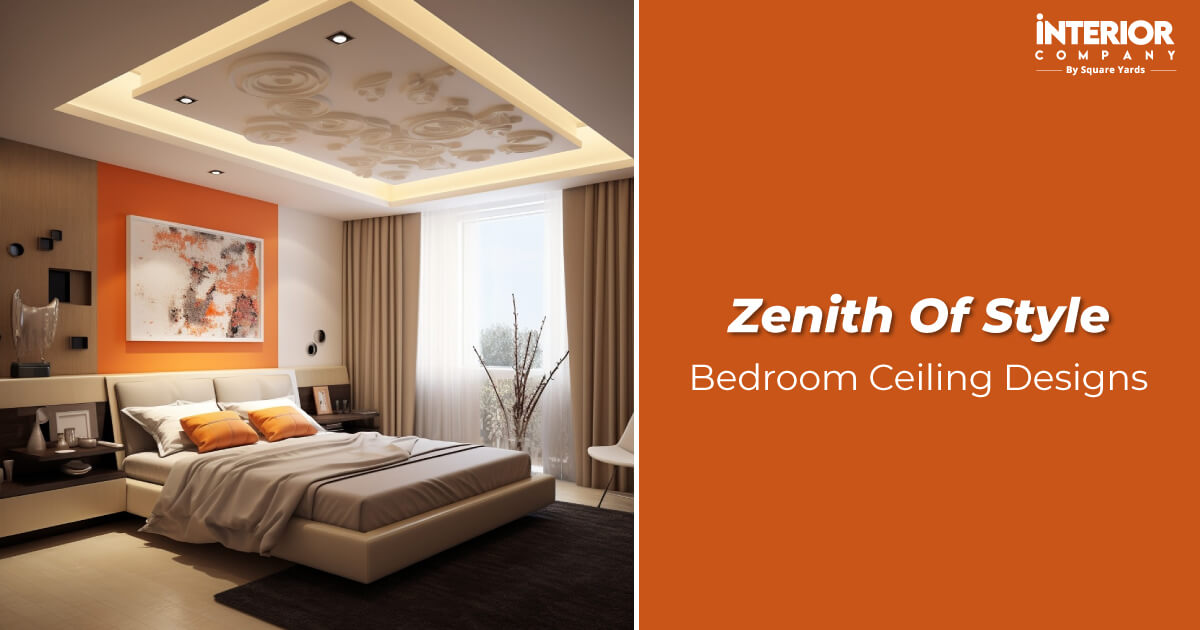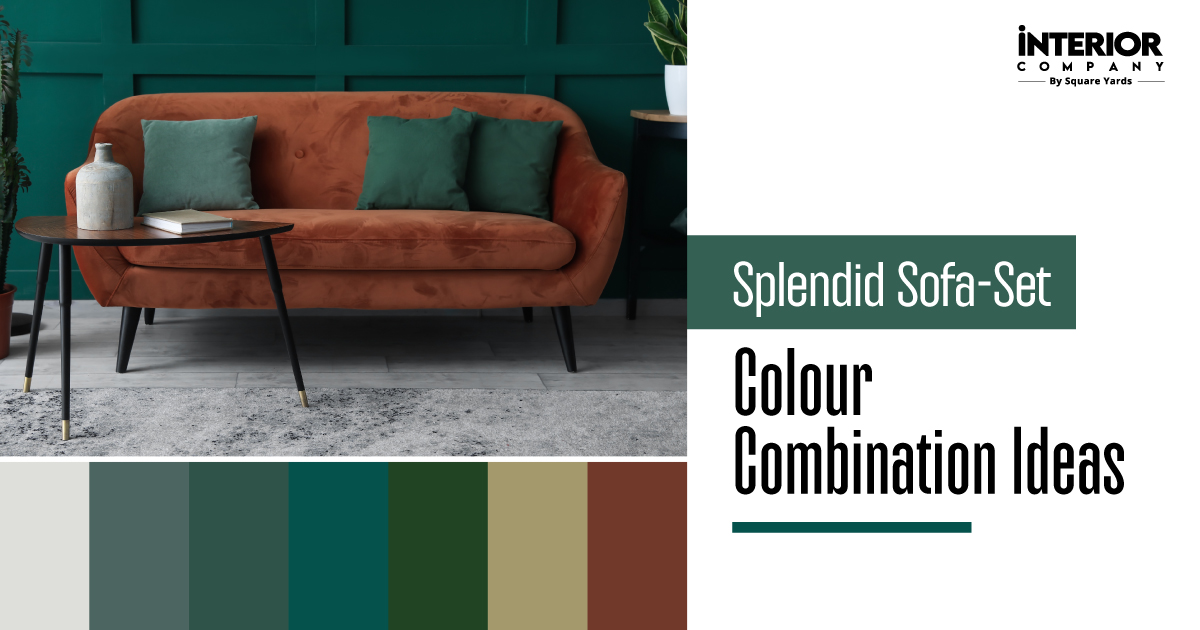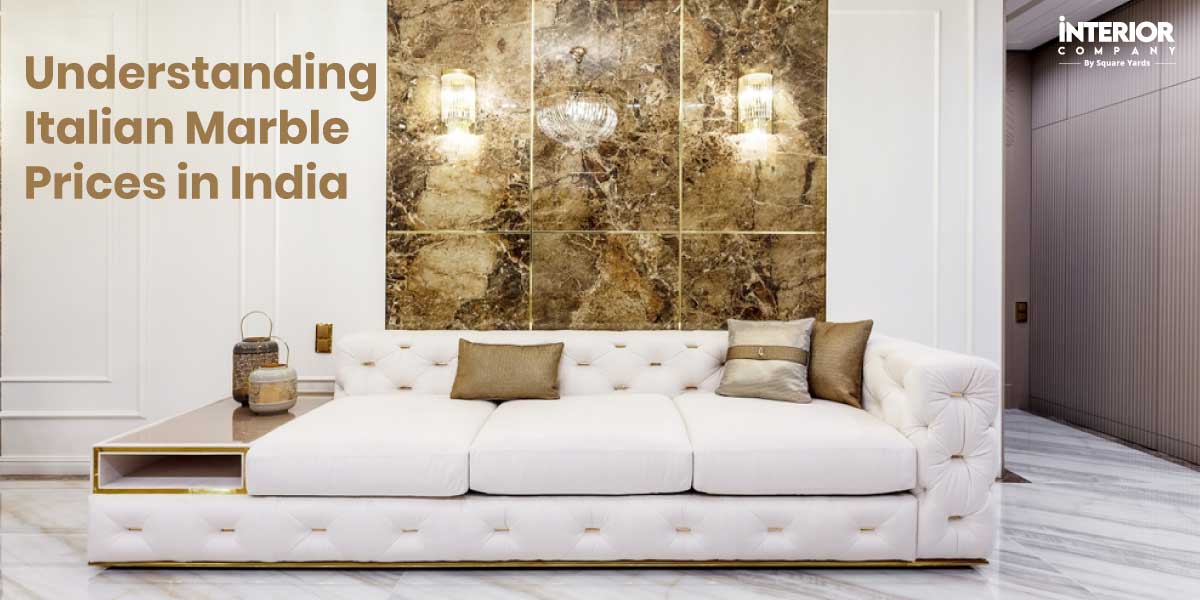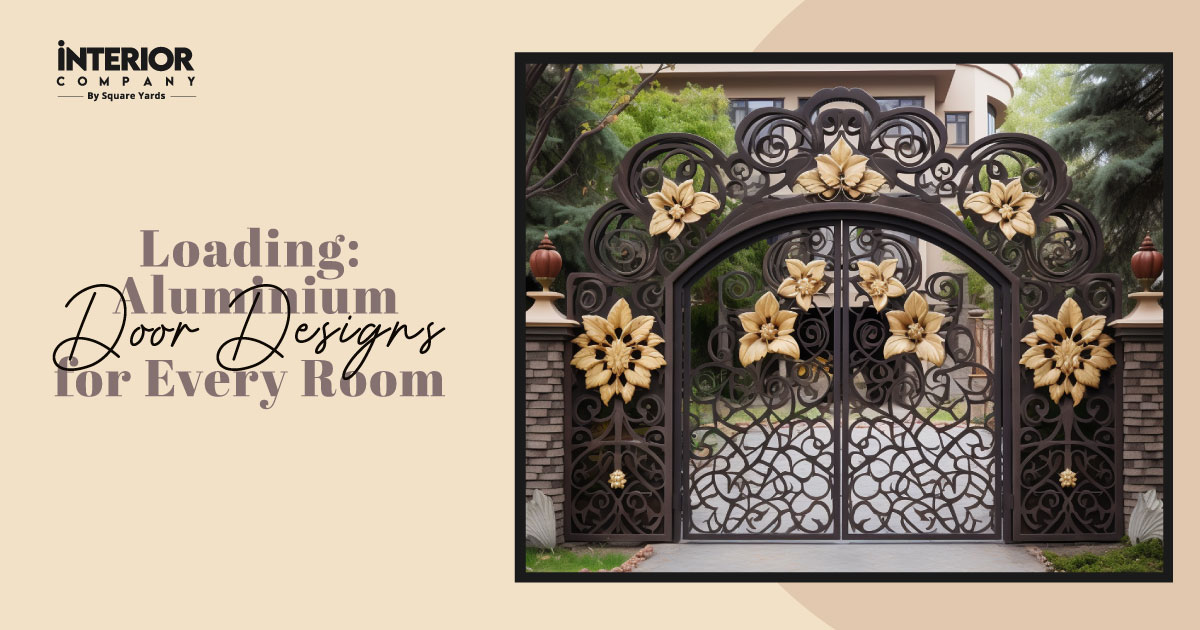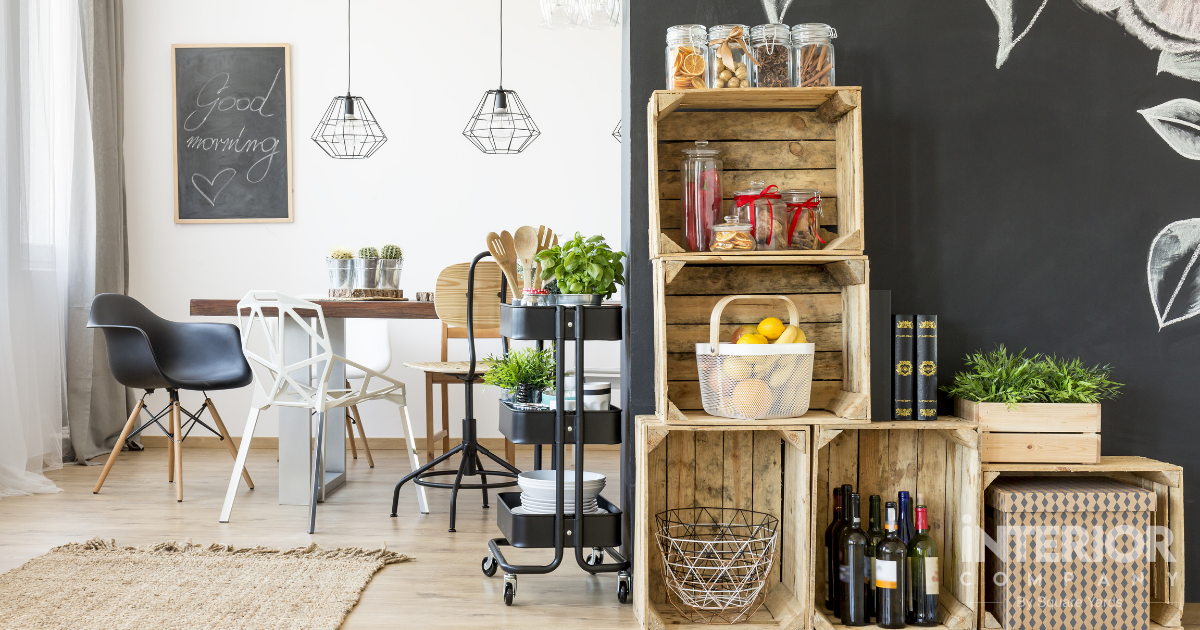- Home
- Trends
- Construction
- Materials
- What Are Vitrified Tiles
All About Vitrified Tiles: From Types to Pricing – Here's What You Need to Know
Are you searching for the perfect tiles for your new home? With several tile options available, each offering its advantages and drawbacks, it is important to make an informed decision based on your specific needs. One tile option gaining widespread popularity is vitrified tiles. Vitrified tile flooring has become a favourite, particularly in areas prone to moisture or frost. Have you ever wondered why some floors defy time, retaining their lustre and beauty even after years of wear and tear? Vitrified tiles are the answer.
Table of Content
Vitrified Tiles
Properties of Vitrified Tiles
Types of Vitrified Tiles
Benefits of Choosing Vitrified Tiles
Disadvantages of Vitrified Tiles
The Versatility of Vitrified Tiles
Maintenance of Vitrified Tiles
Things to Consider While Choosing Vitrified Floor Tiles
Cost of Vitrified Tiles per Square Foot
Conclusion
Vitrified tiles have made a name for themselves in home and commercial construction thanks to their sleek appearance, durability, and affordability. Whether you are looking to redo your living room, kitchen, bathroom, or even outdoor spaces, vitrified tiles offer a winning combination of style and substance. But why have these tiles gained such widespread appeal? What distinguishes them from popular choices like marble, granite, or ceramic tiles?
If you are keen to learn more about vitrified flooring, we have outlined key information to deepen your knowledge of this versatile building material. Let's take a closer look.
Vitrified Tiles
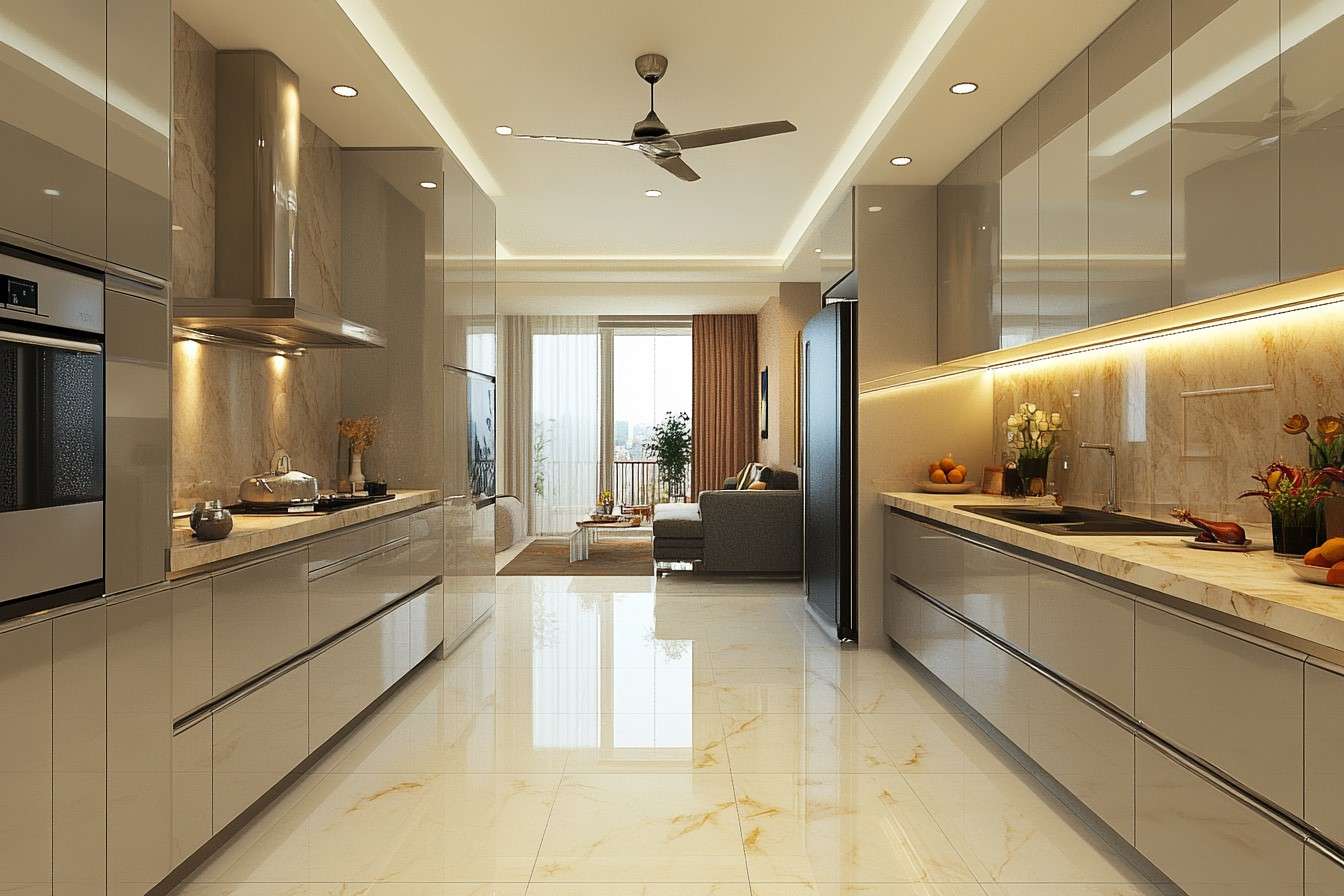
Vitrified tiles are similar to ceramic tiles but differ in composition, including silica and clay. These materials melt and fuse during vitrification, creating a glass-like quality within the tile. This gives vitrified tile flooring a lasting shine, allowing it to maintain its glossy finish for years. Vitrified tiles refer to this process of vitrification that enhances durability and appearance. These tiles come in various shapes, designs, and colours, making them an appealing alternative to natural stones like marble or granite. However, vitrified tiles are an investment due to the added cost of silica, clay, and specialised vitrification. This manufacturing method also makes vitrified tiles extremely non-porous, with less than 0.1% water absorption rates, eliminating the need for traditional cement grout.
Properties of Vitrified Tiles
Vitrified flooring is known for its very low porosity, making it exceptionally water-resistant. They also come in anti-skid versions and options designed for areas subjected to heavy loads. While vitrified tiles may be slightly more expensive than other options, their durability makes them a great investment for long-term use. Additionally, these tiles have a quick setting time, making them perfect for fast-paced home renovation projects.
Types of Vitrified Tiles
Before choosing the best-vitrified tiles for your flooring, it is important to understand the various types available. The manufacturing processes and techniques used play a crucial role in determining the characteristics and classifications of vitrified tiles.
Generally, vitrified tiles can be categorised into three main types:
Glazed Vitrified Tiles
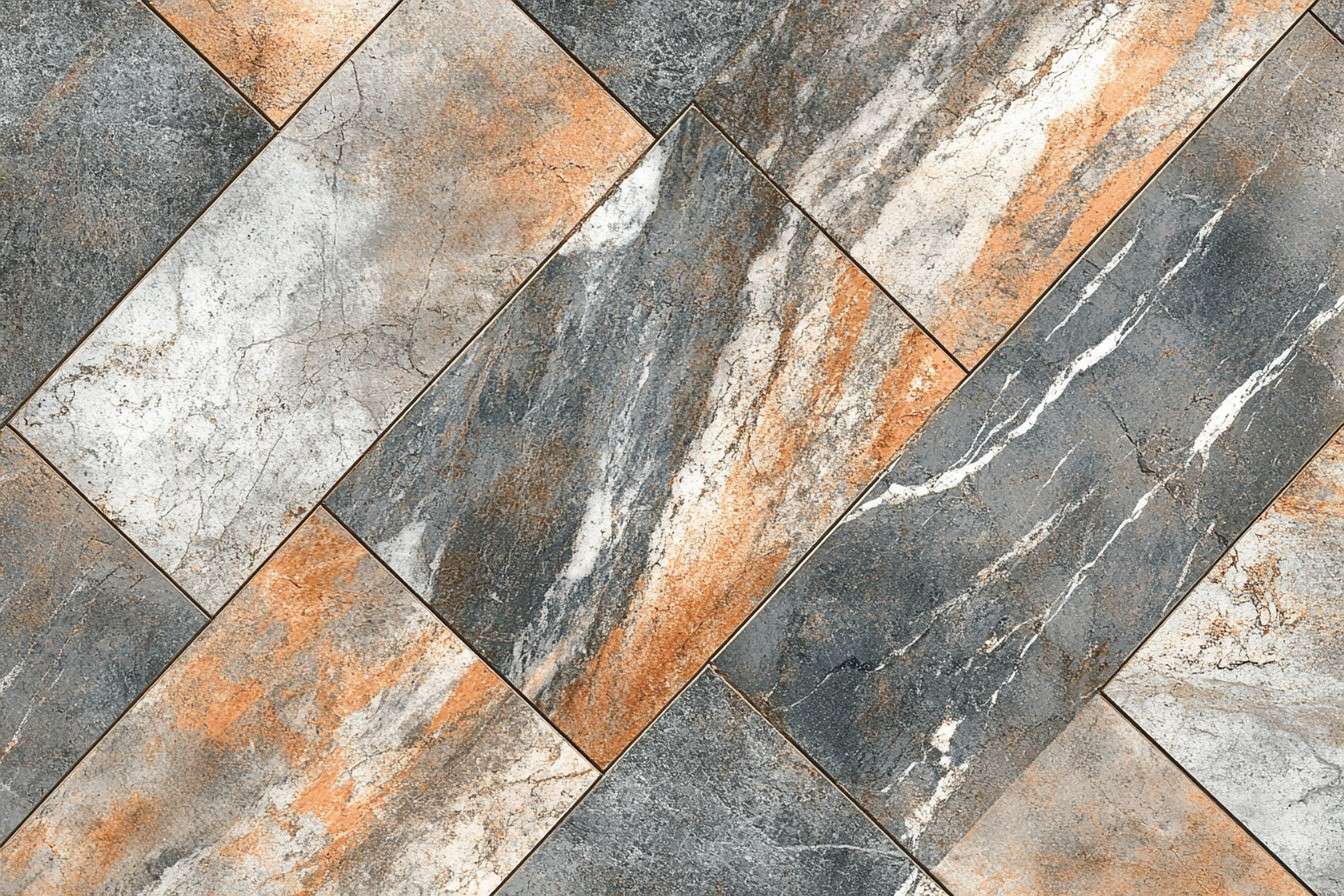
These tiles feature a glazed top layer and are crafted using advanced digital technology, allowing various designs and finishes. Popular patterns such as wood, bamboo, and marble are intricately recreated to offer an authentic appearance. Due to the thin glaze, ideally less than 1 millimetre thick, these tiles are best suited for areas with light to moderate foot traffic.
Full Body Vitrified Tiles

In full-body vitrified flooring, the colour runs uniformly through the entire thickness of the tile. This is achieved by incorporating the pigments at the beginning of the manufacturing process, resulting in a consistent hue throughout. This characteristic ensures the tiles will not fade or lose colour over time. Due to their durability, full-body vitrified flooring tiles are ideal for high-traffic areas where scratches are hard to detect. However, their superior performance also makes them the priciest option available.
Though glazed and full-body vitrified tiles may look alike on the surface, it is important to examine the technical specifications of each type before purchasing your home.
Double Charged Vitrified Tiles
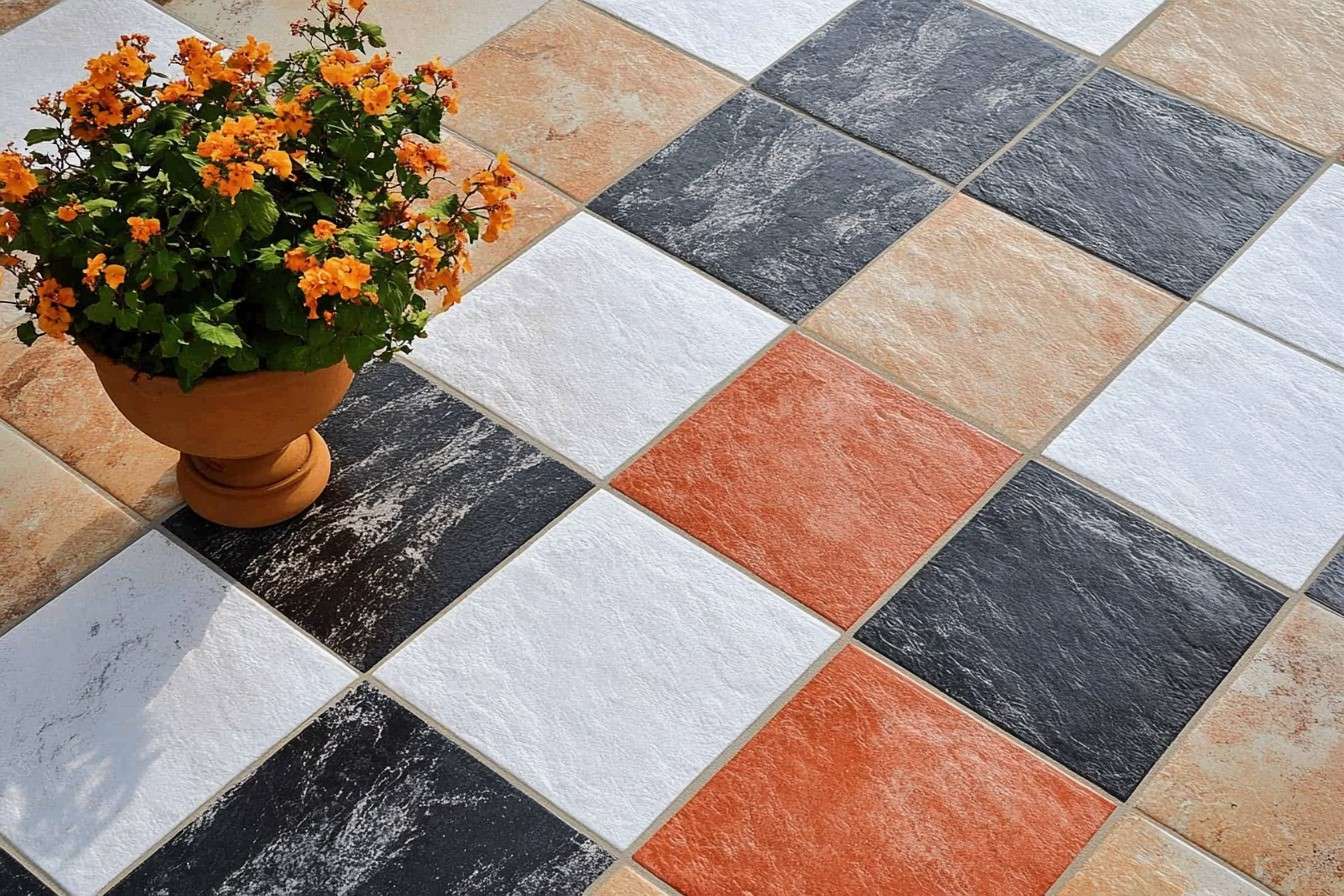
Two distinct pigment shades are applied to produce vitrified flooring using double-charged vitrified tiles. A press then imprints a dual-coloured pattern, creating a 3-4 mm thick layer. One of the greatest advantages of these tiles is their exceptional durability. They demand little to no maintenance, making them ideal for areas with heavy foot traffic.
|
Type of Tile |
USP |
Where to Use |
|
Double Charged Vitrified Tiles |
Extremely durable and low maintenance |
High-traffic areas like hallways, commercial spaces |
|
Full Body Vitrified Tiles |
Uniform colour throughout the tile, highly resistant to wear |
Outdoor areas, heavy-duty commercial spaces |
|
Glazed Vitrified Tiles (GVT) |
Wide variety of designs and finishes |
Living rooms, bedrooms, low-traffic areas |
|
Polished Vitrified Tiles (PVT)
|
Smooth, glossy finish for a luxurious look |
Residential interiors, showrooms |
|
Nano-Polished Vitrified Tiles |
Enhanced stain resistance with nano-coating |
Kitchens, bathrooms, dining rooms |
Benefits of Choosing Vitrified Tiles
Some of the key characteristics that set vitrified flooring apart from other flooring options include:
- Material Composition: Vitrified tiles are crafted from a blend of clay and silica, subjected to extremely high temperatures. This process gives the tiles their distinct, smooth texture with a glass-like sheen. Unlike ceramic tiles, vitrified tiles are naturally non-porous and don't require an additional glazing layer to enhance their surface.
- Durable: Vitrified tiles are significantly stronger and more durable than natural materials like granite or marble. They boast superior mechanical strength and are highly resistant to scratches and stains. Even when exposed to intense sunlight, their colours remain vibrant and unchanged, making them an ideal choice for long-lasting aesthetics.
- Superior Quality: These tiles are renowned for their exceptional quality, backed by a strong guarantee. Each tile undergoes a thorough inspection before being packaged and available for purchase. Manufacturers also ensure uniformity in size, thickness, and colour shades. For homeowners seeking a natural aesthetic, the best-vitrified tiles for flooring are available in tones resembling natural materials.
Disadvantages of Vitrified Tiles
Here are some disadvantages of vitrified tiles:
- High Cost: Vitrified tiles can be more expensive than ceramic tiles due to their manufacturing process, which involves advanced technology. The rate per sq ft of vitrified tiles can vary depending on the brand and quality, and the cost of vitrified tiles in India tends to be higher because of their superior durability and aesthetic appeal.
- Slippery Surface: The smooth, glossy surface of vitrified tiles, especially polished ones, can be slippery, making them less ideal for areas prone to moisture, like bathrooms or kitchens.
- Complex Installation: Installing vitrified tiles requires a skilled professional due to the precise cutting and levelling required, which increases labour costs.
- Prone to Breakage: Despite their durability, vitrified tiles can crack or chip if heavy objects fall on them or if improper handling during installation occurs.
- Limited Customisation: Unlike natural materials like stone or wood, vitrified tiles offer limited design flexibility regarding unique patterns or textures.
- Grout Lines: Over time, the grout between the tiles may discolour or deteriorate, impacting the overall appearance and requiring maintenance.
The Versatility of Vitrified Tiles
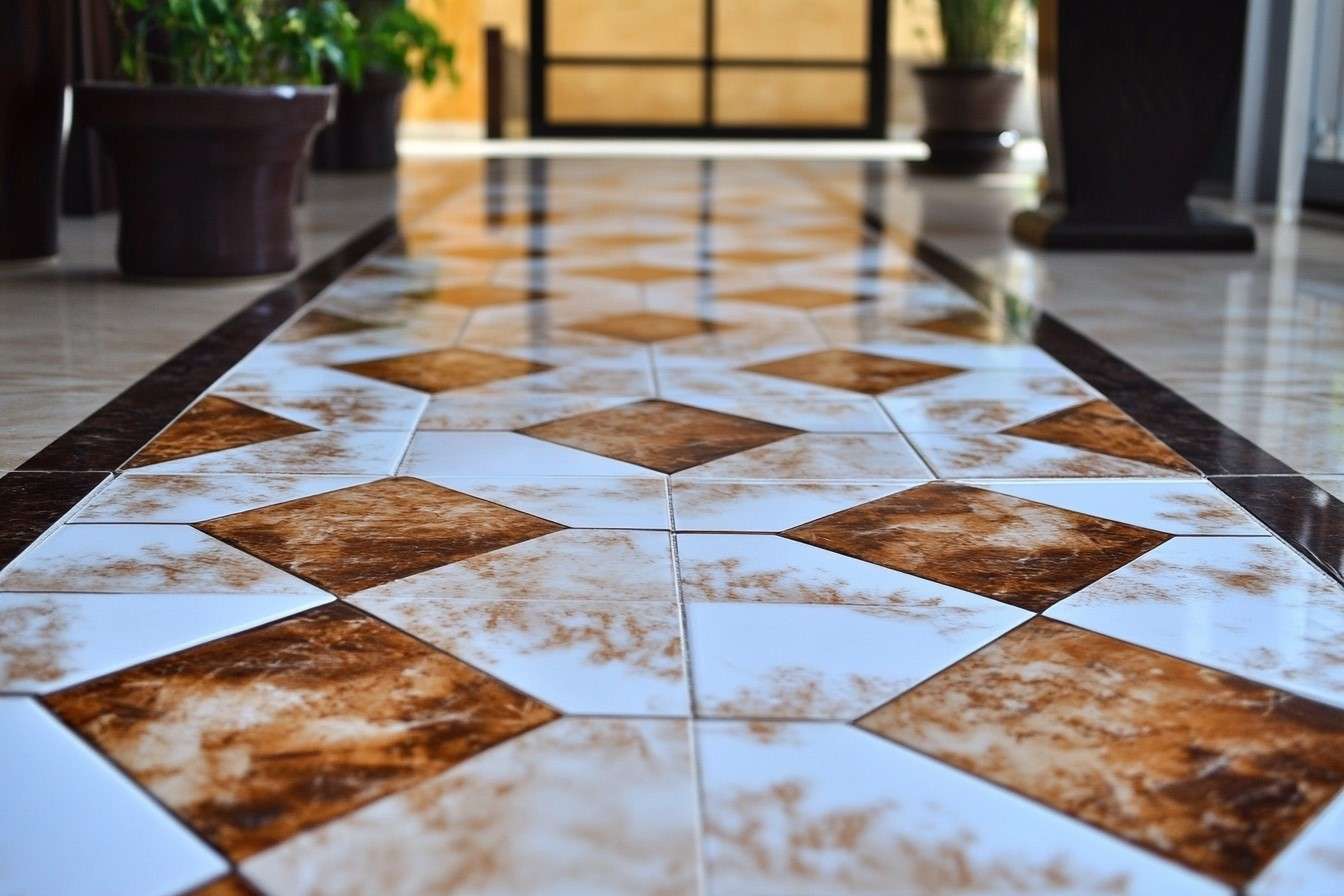
Vitrified tiles are an excellent choice for kitchen backsplashes or bathroom flooring due to their durability and aesthetic appeal. The vitrification process makes these tiles incredibly strong and resistant to weather conditions, allowing for versatile use inside and outside the home. Different types of vitrified tiles, designed to endure high-pressure levels, are also suitable for areas like rooftops or gardens, providing long-lasting functionality in any setting. Vitrified flooring offers a practical and stylish solution for indoor and outdoor spaces.
Maintenance of Vitrified Tiles
Cleaning vitrified tiles is simple and can help maintain their glossy appearance and durability.
- Start by removing loose dust, dirt, and debris from the tile surface using a broom or vacuum cleaner. This prevents scratches caused by abrasive particles.
- Mix warm water with a mild detergent or a pH-neutral tile cleaner. Avoid using harsh chemicals, as they can damage the tile's surface.
- Using a soft mop, clean the tiles with the cleaning solution. Be sure to wring out the mop to prevent excess water from sitting on the tiles, as it can leave streaks.
- Use a soft sponge or cloth dipped in water, vinegar, or a dedicated tile stain remover for stubborn stains. Gently rub the affected area until the stain lifts.
- Dry the tiles with a clean cloth or mop to avoid water spots or streaks, especially on glossy tiles.
Things to Consider While Choosing Vitrified Floor Tiles
When selecting the ideal vitrified tiles for flooring, consider the following factors:
- Opt for a Trusted Brand
- Review Technical Specifications
- Pick the Appropriate Tile Size
- Choose the Right Pattern and Colour
- Plan for the Right Quantity
Cost of Vitrified Tiles per Square Foot
Vitrified floor tiles’ price ranges from '¹24 to '¹450 per square foot. These tiles are available in a wide range of textures, offering various design choices. Furthermore, the installation of vitrified floor tiles in India is approximately '¹15 to '¹18 per square foot.
Conclusion
Vitrified tiles, with their exceptional durability, versatility, and aesthetic appeal, have emerged as a popular choice for modern homes. From the sleek elegance of glazed tiles to the rustic charm of full-body tiles, there’s a vitrified tiles flooring option to suit every taste and style.
As you weigh the options for flooring or wall cladding, it is clear that vitrified flooring offers an ideal blend of style, strength, and cost-effectiveness. With a wide range of designs, textures, and finishes, you can customise your space without compromising quality. Explore the world of the best-vitrified tiles for flooring and discover how they can elevate your home to new heights.
Looking to enhance your home with sleek, durable, and stylish flooring? Look no further than Interior Company for all your vitrified tile needs! Whether you prefer a modern or classic design, Interior Company offer a wide range of vitrified tile flooring options to suit every taste and budget. Book an online consultation with Interior Company today.
*Images used are for representational purposes only. Unless explicitly mentioned, Interior Company does not hold any copyright to the images.*
Ready for a home transformation?
Let our designers assist you!
Recent Posts
Vitrified tiles are made using a blend of clay and silica baked at high temperatures to create a dense, non-porous material. They are more durable, water-resistant, and glossy than ceramic or porcelain tiles.
Vitrified tiles come in various types, including double charge, full-body, glazed, and soluble salt tiles. Each type offers unique features like extra thickness, uniform colour, or vibrant patterns.
Yes, full-body vitrified tiles are often recommended for outdoor spaces due to their high durability and resistance to heavy foot traffic, moisture, and harsh weather conditions.
No, vitrified tiles are easy to maintain. Thanks to their non-porous surface, regular cleaning with a mild detergent and water is sufficient to keep them looking new.
Vitrified tiles are highly durable and can last for decades with proper care, maintaining their appearance and functionality.
Related Category
- Exterior Design
- False Ceilings
- Furniture
- Tips and Advice
- Walls and Texture









